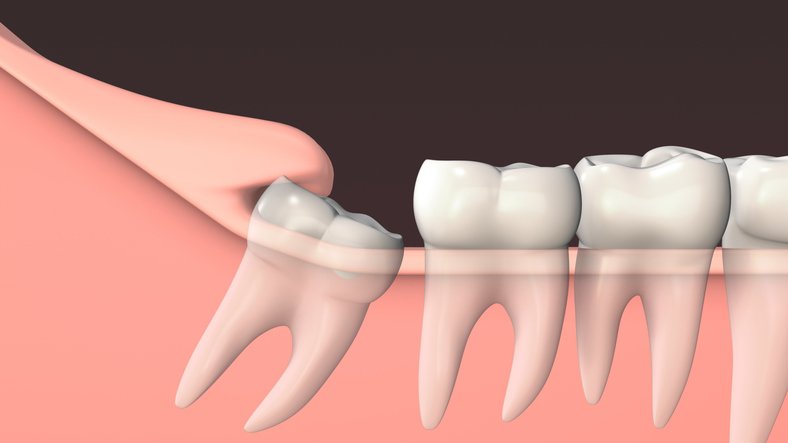Reclaiming Oral Health with Nature's Diet: A Guide to Dental Wellness
As a dental health advocate, I've seen firsthand how our modern diet has shifted dramatically from the diets of our hunter-gatherer ancestors, leading to widespread dental issues. Because of this well-established connection, which is not taught in dental schools, I always educate my new patients and colleagues about it. I get a more receptive audience from my patients, not my colleagues, whose livelihood depends on their ignorance. In this post, we'll explore how our oral health has deteriorated since the adoption of agriculture and what we can do about it. Here's a look at six critical areas where our dietary changes have had significant impacts:
The Rise of Tooth Decay and Gum Disease with Agriculture
When humans transitioned from a hunter-gatherer lifestyle to one centered around agriculture, our oral health took a hit. The introduction of grains into our diet brought about an unprecedented increase in tooth decay and gum disease, which were extremely rare at the time. These conditions were rare before this dietary shift, illustrating how our bodies were not evolutionarily prepared for the new food types we consumed.
The Chemical Vulnerability of Teeth
Contrary to what one might think, although teeth are very hard structures, they're chemically soft and vulnerable to the acidic environment created by sugars. Human saliva, rich in amylase, converts starchy foods into sugars, no different from candy in terms of decay potential. This process lowers the oral pH below the critical threshold of 5.5, where mineral loss from enamel accelerates. Moreover, the normally beneficial bacteria in our mouths, particularly gram-negative anaerobes, start producing toxins called lipopolysaccharides, or LPS, when fermenting these sugars, contributing to both dental caries and systemic inflammation linked to serious diseases like Alzheimer's and cardiovascular issues.
Jaw Development and Dental Crowding
The mechanical challenge posed by hard, unprocessed foods helped develop robust, spacious jaws in our ancestors. However, soft, processed modern diets fail to stimulate jaw growth adequately, leading to smaller jaws unable to accommodate all teeth properly. This results in crowded teeth, misaligned bites, and often no room for wisdom teeth, which historically would have fit just fine.
Intermolar Distance: A Marker for Jaw Size
In my practice, I routinely measure the intermolar distance to assess jaw size. It's alarming to see that many adults have jaw sizes equivalent to those of eight-year-old children, which not only affects dental alignment but also increases the risk of sleep apnea due to insufficient space for proper airway development.
The Role of Fat-Soluble Vitamins
Teeth and bones require vitamins A, D, and K2 for health, which are predominantly found in animal fats. Our ancestors' diets, rich in these nutrients from meat, fish, and organ meats, supported excellent dental health. Plant-based diets, while beneficial in many ways, often lack these crucial vitamins, explaining some of the dental health declines we see today.
Dietary Recommendations for Dental Health
Given the direct link between grain-based diets and oral health issues, my advice to patients is to return to an ancestral eating pattern, which means focusing on whole, unprocessed foods, reducing or eliminating grains, and incorporating animal products that naturally contain fats and vitamins essential for dental and skeletal health.
By understanding and reverting to these dietary principles, we can begin to address the root causes of our modern dental dilemmas, fostering not just better oral health but overall well-being.






